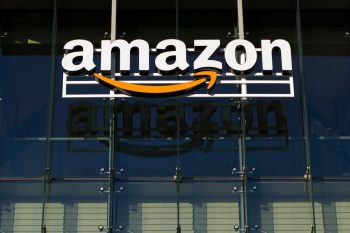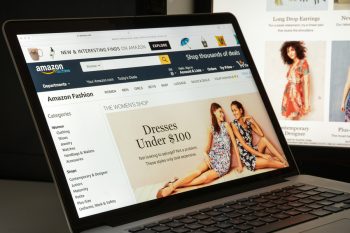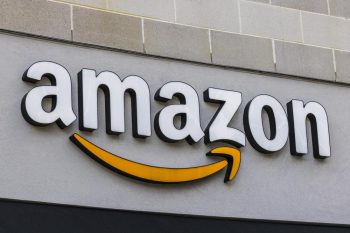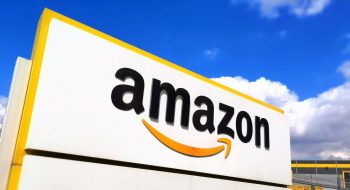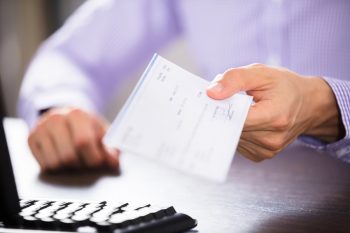
As an Amazon FBA seller, you must know how much inventory to send to their fulfillment centers to avoid stock shortages, oversupply, and storage charges.
The amount of inventory you need to send to Amazon FBA depends on your previous sales volumes, upcoming campaigns, restocking limits, and several other factors.
However, whether you are a newbie or a pro-vendor, Amazon doesn’t impose any minimum stocking requirement; you can start with as small as a single item.
Below, we’ve discussed how much inventory to send to Amazon FBA, ways to handle Amazon restocking limits, and several other questions that may arise in your mind about Amazon FBA inventory.
How Much Inventory To Send to Amazon FBA?
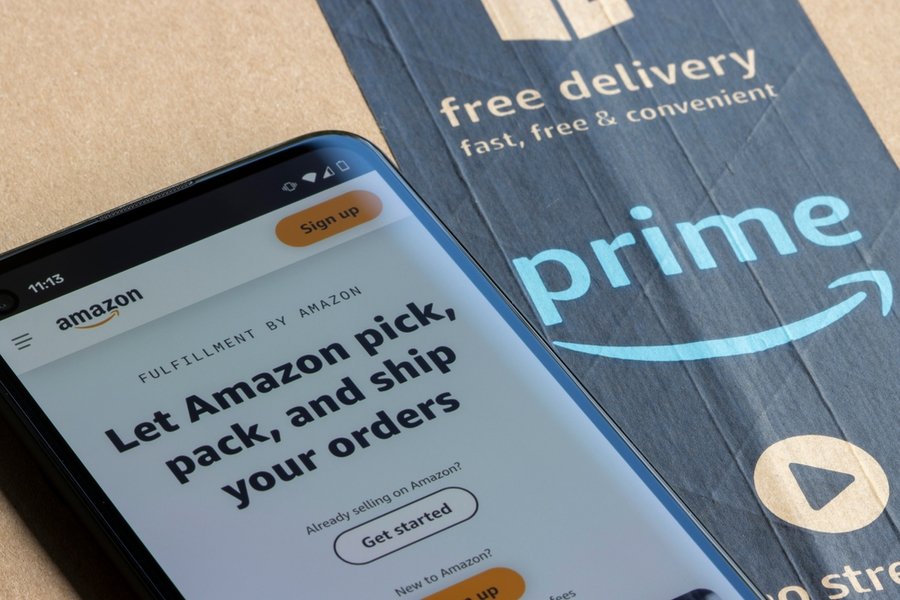
The most common query from every beginner selling through Amazon FBA is how many pieces of a product I should send upfront to their fulfillment centers.
Amazon FBA (Fulfilled by Amazon) is a business model where you provide your product inventory to their fulfillment centers.
Amazon will be responsible for packing and shipping the item to the customer when an order comes through your store.
The answer to this question is pretty short yet confusing; Amazon doesn’t demand stocking a particular number of items to their fulfillment centers to operate your seller account and generate sales.
You can even start by sending one piece of product to them.
But if you run out of inventory on Amazon, you risk losing customers to your competitors and lowering your IPI (Inventory Performance Index).
On the other hand, if you overstock, you may need to pay Amazon for the storage space acquired by your unsold products.
Hence, maintaining appropriate Amazon FBA inventory levels is crucial to streamlining a new seller account and minimizing your out-of-pocket expenses.
To make this happen, consider your sales records, upcoming sale events, and restocking and storage limits. But as a new vendor, you probably do not have any sales states to predict future inventory needs.
Therefore, start by sending a small quantity of your product to Amazon FBA to calculate the inventory needed based on the sell-through rate and restocking time, aiming to avoid running out of stock and oversupplying.
Conversely, if you already have sales on your Amazon FBA account, you can use the “Restock Inventory Tool” in Seller Central.
This tool can predict how many days of supply you have left with each product and recommended quantity and date for restocking.
In 2020, Amazon limited its inventory storage for FBA sellers to 200 units per ASIN.
But in 2021, they removed ASIN-level limits and introduced storage-type level inventory, such as standard-size storage and oversize storage.
What Is an Amazon FBA Quantity Limit?
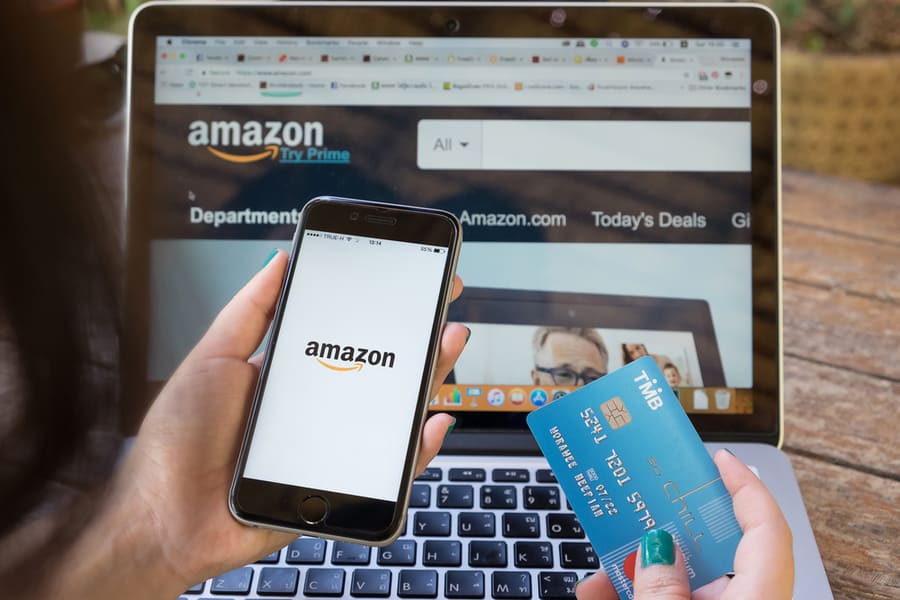
Since Amazon fulfillment centers are meant to fulfill orders rather than hold products as a warehouse, you can only store a certain quantity of inventory there.
Although Amazon has hundreds of fulfillment centers worldwide, they only provide limited space for stocking products.
If the item you sell through Amazon FBA produces good leads, they will likely allow you to send more and more because you have proven sales.
Contradictorily, you must pay for the storage space your unsold or overstocked products are acquiring in the Amazon fulfillment centers.
Moreover, it will decrease your IPI score and restock limits.
IPI (Inventory Performance Index) is a score ranging from 0-1000 which measures how efficient and productive you are as a seller managing inventory at Amazon fulfillment centers.
How To Check Your Amazon FBA Quantity Limits?
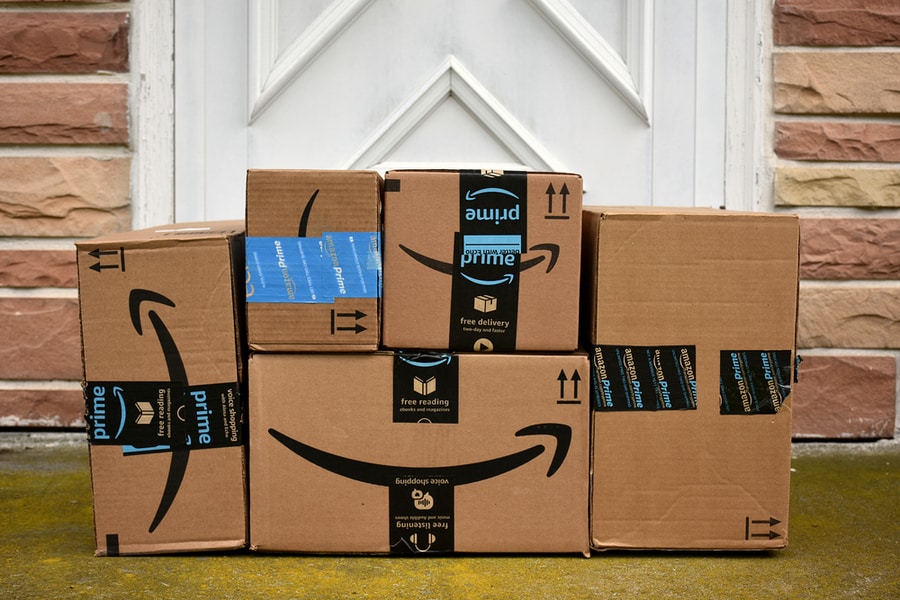
To check your Amazon FBA seller’s account restocking quantity limits, follow these steps:
- Head to Amazon Seller Central.
- Log in with your Amazon seller’s account credentials.
- Click the “Inventory” tab over there.
- Navigate to and click the “Manage FBA Shipments” section.
At the bottom of the “Manage FBA Shipments” page, you can find information on the “Restock Limit” (maximum number of items) you can send to Amazon fulfillment centers, as well as the “Storage Volume” (utmost available space in cubic feet).
The “Restock Limit” is not linked to the IPI score; however, if you maintain an IPI score of over 450 in at least one of the last two quarters of the year, Amazon will allocate you an unlimited “Storage Volume.”
How To Handle Amazon Restocking Limits?
Let’s discuss some common inventory issues that may cause your Amazon FBA restocking limit to decrease and how you can avoid them.
1. Running Out of Inventory
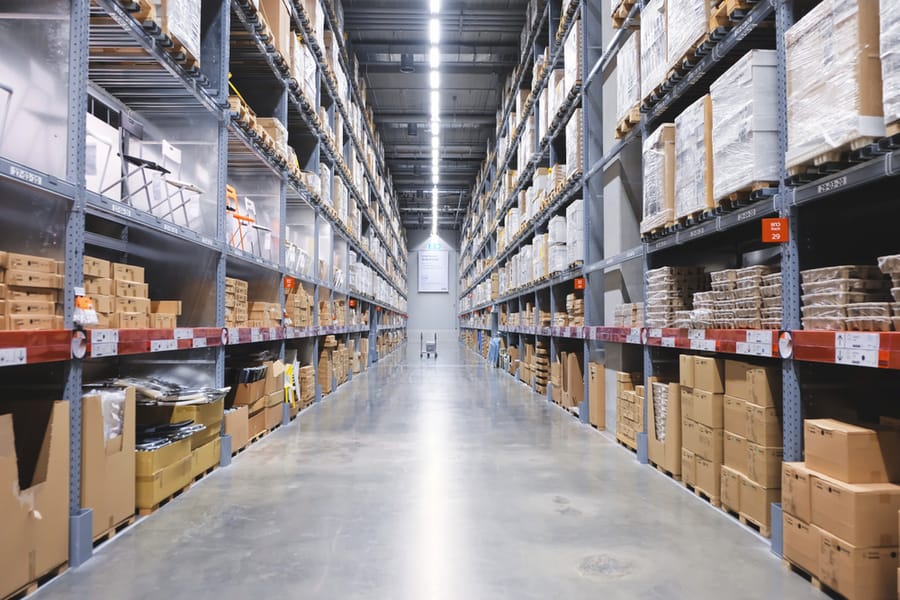
Running out of inventory can stop your Amazon FBA sales, resulting in revenue loss and minimizing your product restocking limit.
If you are running low on inventory or waiting for the new shipment to arrive, you should slow down the advertisement campaigns or increase the price of low-stock products to avoid high sales.
Once the item is back in stock, you can reverse the prices and the cut-off in advertisement campaigns.
Do not excessively increase prices, as your goal should be to decrease sales velocity rather than completely halt them because Amazon promotes products that have consistent availability and sales performance.
2. Overstocking
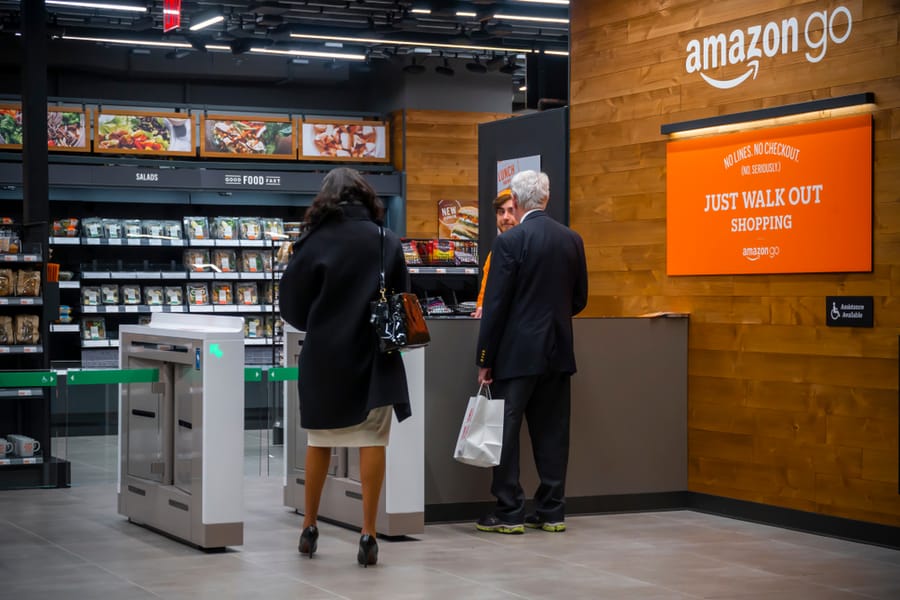
Overstocking can also cause an increase in out-of-pocket expenses and a reduction in the Amazon FBA product’s restocking limit.
Suppose your items remain in Amazon’s fulfillment center for over 90 days.
In that case, they are classified as excess inventory, and Amazon will charge fees based on product size and the time they occupy space within the warehouse.
Moreover, Amazon will restrict you from restocking other SKUs until you sell or pull back the already stocked products.
You can use Amazon’s “Manage Inventory Health” tool to review your excess inventory and its tenure in stock.
This information can help you choose whether to run a promotional campaign, sell it at a discounted price, or request Amazon for a return.
Conclusion
In this article, we discussed how much inventory to send to Amazon FBA in detail as a new or pro seller.
Moreover, we explored different tools available in Amazon Seller Central that can help you determine the stock needs.
We hope you understand that Amazon doesn’t demand sending a specific number of items to their fulfillment centers. The company wants you to update your stock and minimize the number of bounced customers due to inventory issues.
Frequently Asked Questions
What Is an Amazon Buy Box?
The Amazon Buy Box is a feature on Amazon’s product detail page that allows customers to add items to their shopping cart or purchase them directly from a specific seller.
Winning the Buy Box is highly coveted by sellers, as it significantly increases product sales and visibility.
What Is the Rule of 3 Amazon FBA?
The “3 times rule” is a pricing strategy commonly used by Amazon FBA sellers.
It suggests that a seller should price their product at three times the amount they buy to achieve a 100% return on investment after accounting for all fees and expenses.

